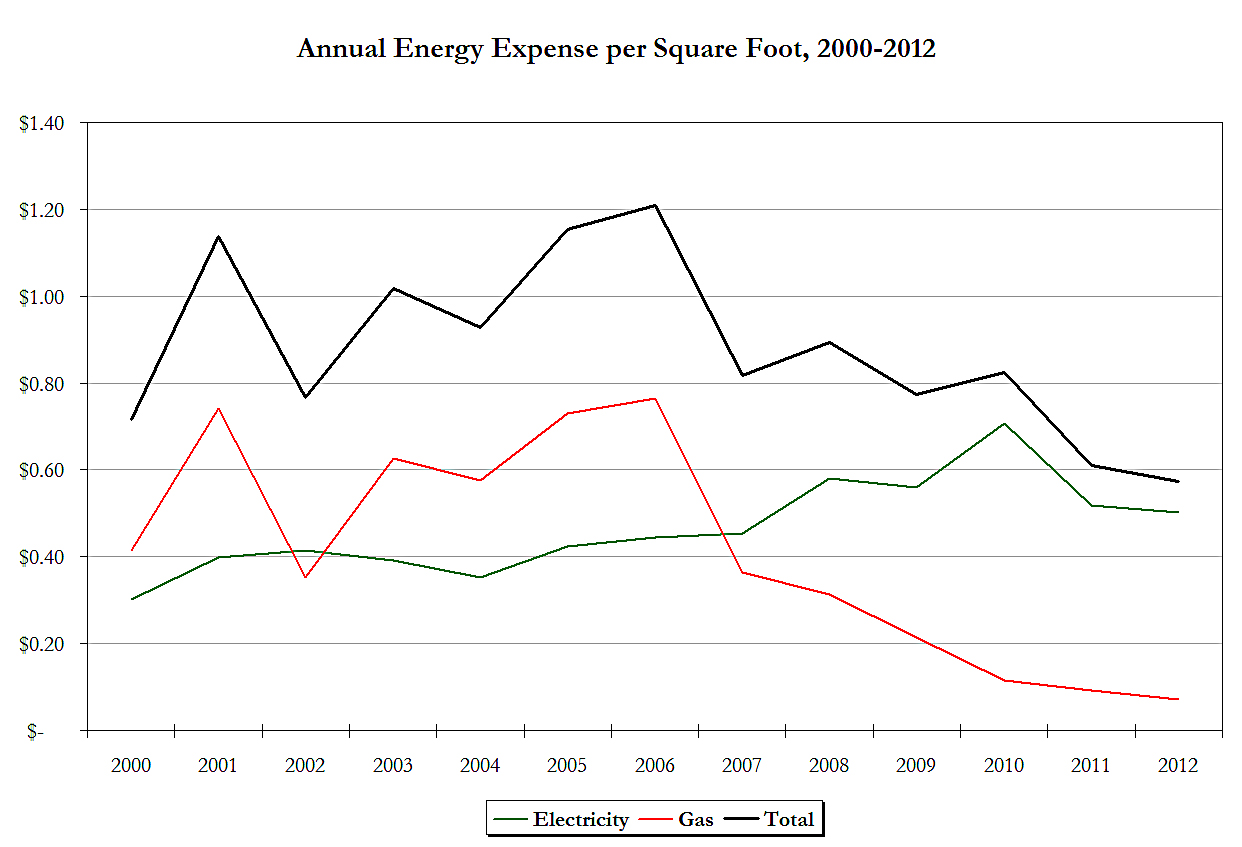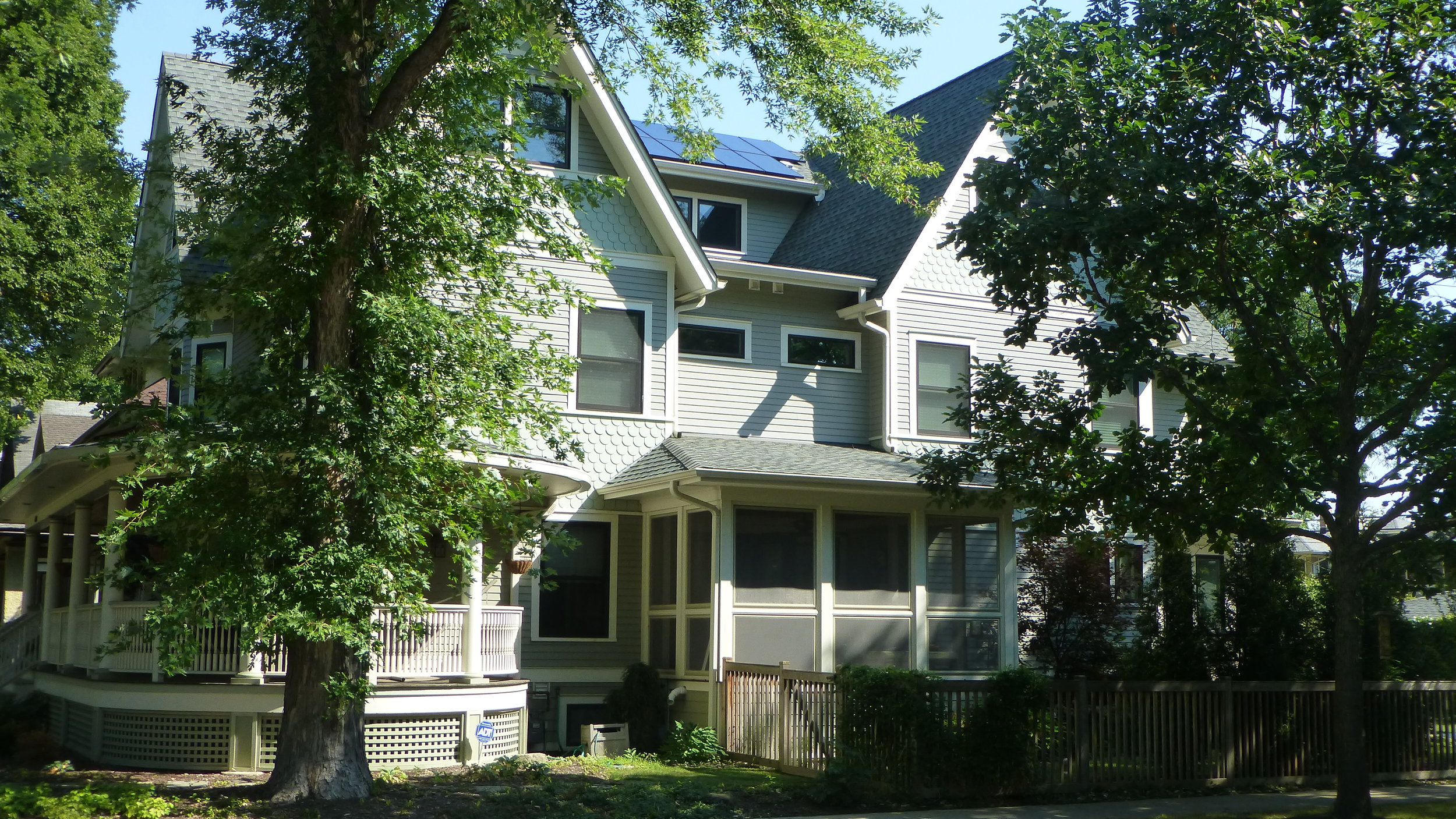Are you visiting family this year or traveling somewhere looking for a white Christmas? Why not make it a green holiday? You can save money and reduce your carbon footprint with this eco-friendlier travel guide. Did you know that one vacation can produce more carbon than commuting for a year?! According to Getting There Greener: The Guide to Your Lower-Carbon Vacation published by the Union of Concerned Scientists the environmental impact of domestic vacation travel can add up quickly. Their research shows that three key factors determine the environmental impact of your travel:
- The type of vehicle you are taking
- The distance you are traveling
- The number of people traveling with you
Some of their findings may surprise you. For example, did you know that flying first class can double your carbon footprint? See the summary chart for 100-500-1000 miles for solo travelers, pairs and a family of four. Find the complete Getting There Greener Report here.
Take the bus or train. Compared with flying economy class, traveling on a bus or train can cut a trip's carbon dioxide emissions by 55 to 75 percent, depending on the distance traveled and the number of people traveling. Compared with even a fuel-efficient hybrid car, a bus trip can cut a trip’s emissions nearly in half. Plus travel by bus (aka "Motor Coach")generally costs less than flying and can even be cheaper than driving. Some bus companies offer fares as low as $1 each way. Think Mega Bus.
Rent a hybrid car. If you should decide that driving makes sense for you, leave your SUV at home. If your own vehicle is large and not fuel-efficient, rent an economy or hybrid car instead.
Tips for preparing to leave home . . .
- When packing, use fewer plastic bottles. Instead of continually buying travel shampoo and conditioners, refill the container with shampoo and conditioner from home.
- Suspend newspaper delivery. A quick call to the newspaper company saves trees.
- Adjust your thermostat for while you're away? Depending on the type of heat that you have, you can save energy in the winter by lowering the thermostat while you're away from home, but no lower than 50 degrees and possibly higher if you need to take pets or plants into consideration. (See details from US Dept of Energy and Rocky Mountain Power.)
- Have boarding passes downloaded to your smart phone. You’ll reduce paper waste. Have travel receipts emailed instead of printed or faxed.
Once you arrive at your destination use public transportation instead of a taxis or rental cars. Better yet, walk or rent a bike!
Submitted by Cassandra West, cwest@newmediaaccess.com

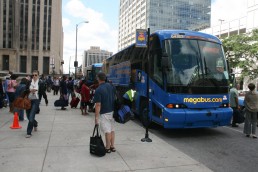







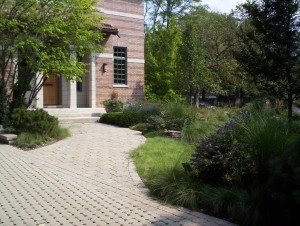

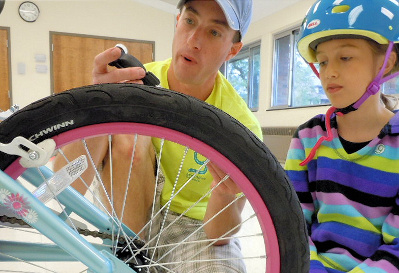

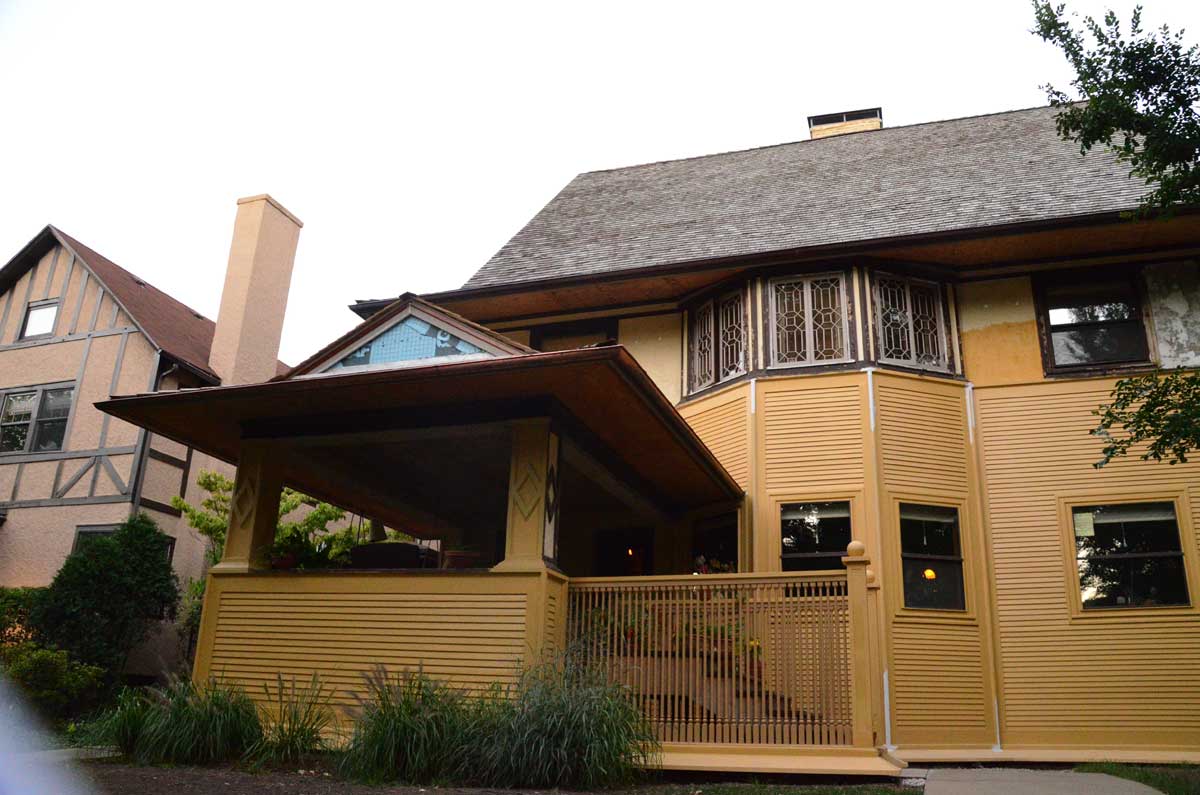 "When we purchased the house in 1999, Mary and I didn't originally set out to make the house so efficient and relatively green," said Mark, adding, "We've slowly learned, and sought out, ways to restore the house which respect its history and significance but also incorporate 21st century efficiency technology."
"When we purchased the house in 1999, Mary and I didn't originally set out to make the house so efficient and relatively green," said Mark, adding, "We've slowly learned, and sought out, ways to restore the house which respect its history and significance but also incorporate 21st century efficiency technology."